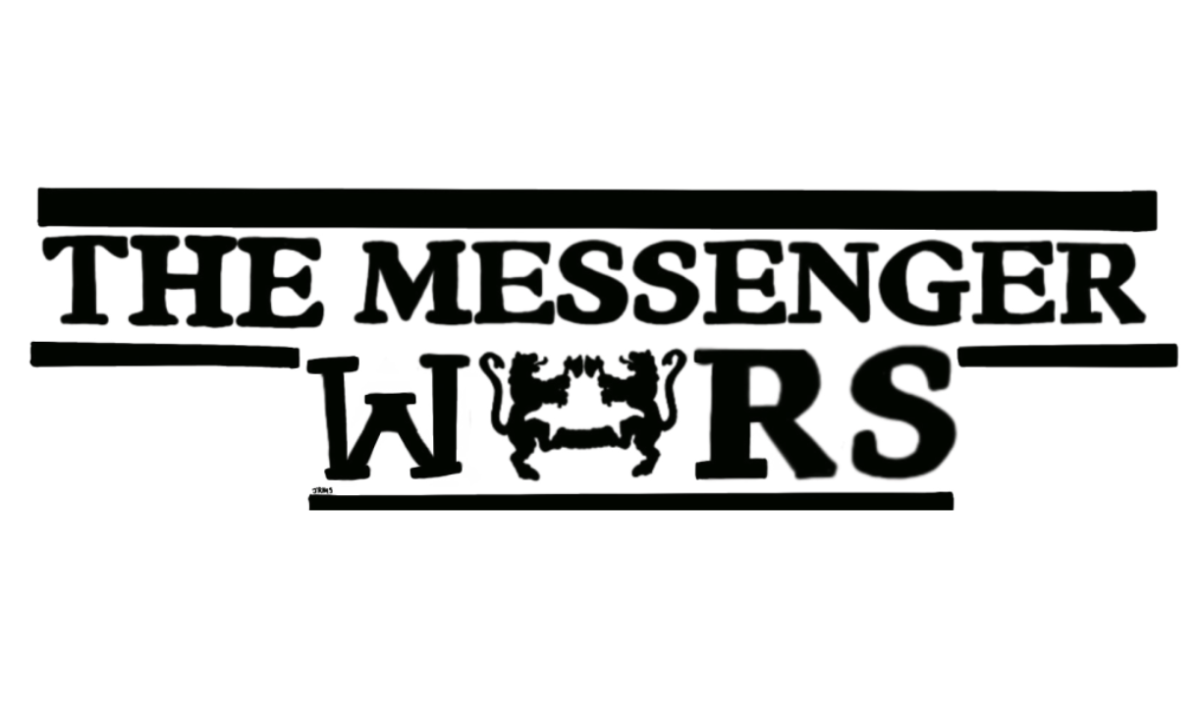A few months ago we saw the release of “Sunspring,” a short science fiction movie written entirely by Artificial Intelligence (A.I.). This month researchers at Sony released a couple of pop songs composed by their A.I. This is scary news for a lot of artists who feel that it’s already hard enough to get noticed without having to compete against both man and machine. Computers have been getting smarter since their invention, and that’s usually a good thing when they take on the laborious work that humans do only begrudgingly. In most cases it leads to society producing more with less effort, and more people being able to dedicate their time to creative and fulfilling work. But what happens when computers start encroaching on these creative careers?
It’s easy to be afraid of things we don’t understand. Sony’s technical accomplishment does not mean machines are replacing or even coming close to competing with humans creatively. It’s not even a step in that direction. To understand why, let’s consider a famous thought experiment known as “The Chinese Room.” A person sits down at a desk in a room. They are given pieces of paper with Chinese text written on them through a slot in the door. This person then consults a giant list of instructions on how to respond to any given set of characters. They staple together the characters to form a response and slip it back out through the door. Given clever enough instructions, this person can carry on an intelligent conversation in Chinese, despite the fact that they have no idea what the characters mean.
This is largely all a machine can do – follow simple instructions. When software engineers talk about terms like “machine learning,” it’s just referring to the software collecting more and more data from which to draw conclusions. This process is exactly how the researchers at Sony designed their program to compose music. It pulls from a huge song database of various artists and styles. This database could be annotated with information like the popularity or genre of songs. The software then simply tries to put together melodies that are similar enough to what it knows and combine them in new ways.
Some would argue that this isn’t any different from how humans learn and produce creative work. After all, most of our work is inspired by other people’s work mixed together with our own personal experiences. But the point is that we really don’t know how humans produce original, innovative ideas. The golden rule in computer science is that you cannot get a machine to do anything that you cannot explain and articulate as a simple set of instructions. If we don’t have the faintest idea of how the creative process works, then there’s no way we can get a computer to do it.
So if computers are so dumb, and they’re bad at doing creative things, how come we’ve seen such great feats in the past few years? These achievements can only be accomplished when humans collaborate with machines. The real world is a tangled mess of data. Computers help us sift through that and make meaningful connections. Computers are great at the former, we’re great at the latter. This is known as augmented intelligence. In fact, this is how the Sony research team intends for this software to be used – to enhance rather than to replace our skills. The songs that were released weren’t created completely by the A.I. The lyrics were written by an artist, who also tweaked and polished the A.I. produced songs.
The research team is trying to create a music authoring tool for humans to use as an aid in creativity – not to replace us. Machine intelligence will never beat human ingenuity.
A great example of this is Spotify’s music recommendation system. Engineers in the music industry struggled for decades to create an algorithm that understands music tastes. In the end, engineers at Spotify realized they could get much better results by using the playlists that its users made. If you make a playlist that has a couple of songs that I really like, I’d probably like to hear more like it. So the process was a joint effort of humans making meaningful connections and computers sifting through the tangles of data. There’s no need for humans to compete with machines. The future is in the hands of those who can work together to produce things that neither human nor machine can do on their own.
Omar Shehata ’18 ([email protected]) is from Alexandria, Egypt. He majors in computer science and mathematics.


